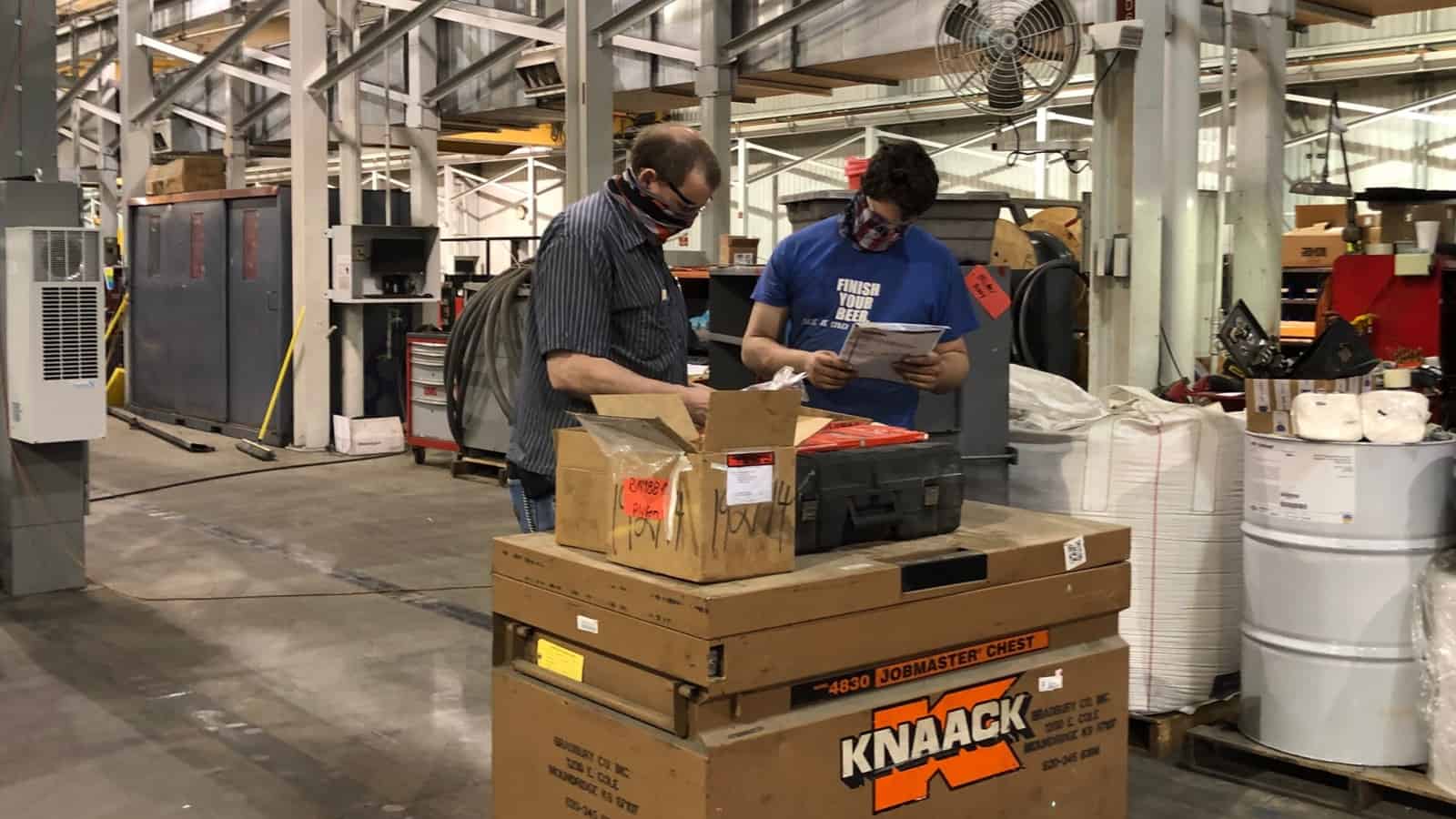A Manufacturing CEO Explains His Pandemic Safety Plan

Let’s start with a Styrofoam cup. At one of Bradbury Group’s facilities, an employee pointed out a risk: anyone could touch the cups stacked up in the breakroom, potentially leaving traces of COVID-19. So the company installed a cup dispenser instead.
It sounds small, but this decision exemplifies Bradbury’s thorough approach to employee safety. So does another fact: the metal processing equipment company created a 66-page “pandemic handbook” of safety procedures, which includes a guide to good decision-making, for its facilities worldwide.
As businesses of all sorts reopen, they’re searching for best practices like these. So we recently asked Bradbury CEO David Cox for some advice.
First, a hot topic for employers. Do you use temperature checks at your facilities?
- “No, we felt that having 300 people gathering in close quarters at one entrance would be counterproductive. We did our research, and temperature checks don’t seem to be that effective,” says Cox.
- The company keeps infrared thermometers on hand for any workers who feel ill, he adds.
And what about social distancing? Cox says the company has provided face shields or masks to all employees. They must wear those coverings when standing closer than 6 feet to each other.
How do you get information out? Department managers hold stand-up briefings on Mondays (originally Monday, Wednesday, Friday) to keep workers informed, he says, along with a daily safety briefing. Also important: a weekly email briefing from the CEO covering a variety of important updates. .
- It includes the latest safety procedures, infection rates for the surrounding areas, warnings about the tricks scammers are using to steal stimulus checks and updates on tornado season.
How do you keep people safe on the road?
- “We analyze every stop our employees make. Our health and safety coordinator contacts every vendor on a route to evaluate their safety policies—sharing a copy of our handbook when necessary,” says Cox.
- “If they don’t meet our standards, our people don’t go.”
What about incoming shipments from suppliers?
- “We do the same process in reverse—we find out where those drivers go on their routes. If we don’t like what we hear, we have the driver stay in the truck while our employees unload.”
This is how seriously Bradbury takes those restrictions:
- “We kept one routine vendor away for the whole month of April due to an outbreak in their county. We didn’t even want their vehicles in our parking lot, given the anxiety that would create for our employees.”
Let’s move on to cleaning. What are your procedures?
- “We have several dedicated workers walk through the facility to sanitize hard-surface touchpoints, multiple times a shift.”
- “Workers have chlorine spray bottles and wipes for their keyboard and screens, and for any parts they pass from workstation to workstation.”
Meanwhile, Bradbury’s health and safety coordinator, Tasha Schmeidler, is an EMT, which comes in handy.
- She oversees symptom tracking and contact tracing and has full authority to quarantine any workers who may be sick or exposed–with pay if they were exposed on the job.
Lastly, how have your workers improved your protocols?
- “The extra cleaning solution on tables and stations—that was an employee suggestion. They even thought of putting wipes on the inventory pickers, so they could clean items as they took things down,” says Cox. (And, of course, there’s the Styrofoam cups.)
These precautions don’t just keep workers physically safe, but also make them feel comfortable coming to work and confident in their management. As businesses of all sorts reopen, manufacturers like Bradbury are showing them how.
Related: Don’t forget to check out this collection of operational and safety practices, recently released by the NAM’s Manufacturing Leadership Council.
